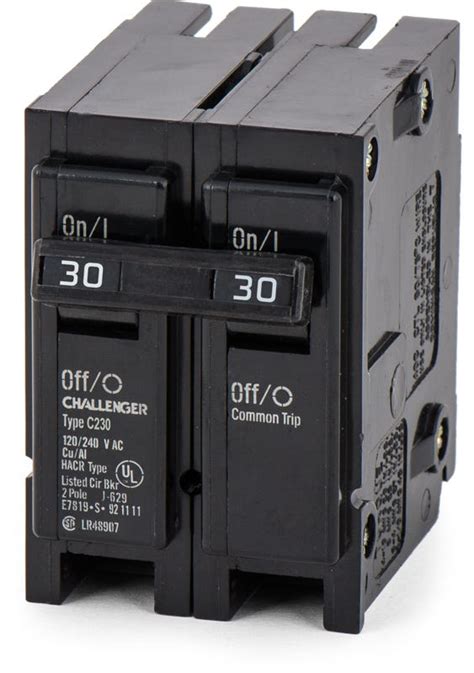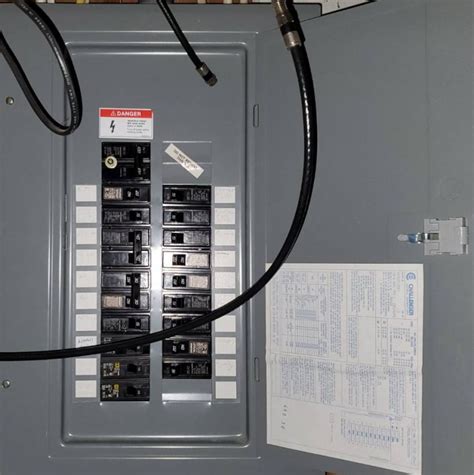challenger electrical panel box I am getting mixed opinions on the Challenger electrical panels. Some say that all Challenger electrical panels are bad and should be replaced . Metal fabrication is the art and science of building metal structures by cutting, bending, and assembling processes. This intricate craft involves transforming raw metal materials into pre-designed shapes and products, showcasing a blend of technical skills and creativity.
0 · who owns challenger breakers
1 · what challenger panels were recalled
2 · challenger electrical panel replacement parts
3 · challenger electrical panel replacement cost
4 · challenger electrical box recall
5 · challenger breaker recall
6 · challenger breaker box problems
7 · are challenger electrical panels safe
Instead of stubbing a 90 out at the top we put a 4" box and extension ring so it ended up flush above the ceiling, then we'd come back, add another ring and pipe them together or whatever. Sometimes you would end up with 4 or 5 rings stacked depending on how many wires and pipes there were.
I am getting mixed opinions on the Challenger electrical panels. Some say that all Challenger electrical panels are bad and should be replaced .Information about Challenger panels and the dangers they pose. Why should you change your Challenger panel?
Challenger brand electrical panels were installed in homes from the 1970s through 1990s, with last production in 1994. But they have since been found to have a defect that . Challenger Electric: electrical panel bus overheats, circuit breaker failures, field reports. This article includes photographs of overheated Challenger Electric electrical panel .
If your inspector or electrician finds a challenger panel, it is important to speak with your insurance company to get ahead of any issues. A home inspector will typically have to report the panel type during a four-point . It is unsafe to use Challenger breaker boxes because overheating and old age issues exist. When its breakers overheat, it creates melting, arching, and corrosion between the bus bars. The performance of your electrical panel . You may have a Challenger electrical panel that you need to replace if you see: Challenger stamped on the handle or door. Challenger on the manufacturer’s label (often found on the inside of the panel door). Challenger Electrical Panel. In 1973, the GTE Corporation launched an electric panel design and called it “Challenger”. The Challenger panel was installed in thousands of homes between 1980s to 1990s. Like Zinsco, it .
Challenger – Challenger panels built and installed in the 1980s and 1990s were found to have an issue where they were overheating under normal conditions at the metal “bus bar.” This led to expansion and contraction of the .
Challenger electrical panels are no longer available because they do not meet today’s UL safety standards. If you still have a Challenger box in your home, you should consider getting the panel replaced. The cost and process to replace these are relatively similar to just replacing any older electrical panel in most cases.
I am getting mixed opinions on the Challenger electrical panels. Some say that all Challenger electrical panels are bad and should be replaced no matter what, others say just the older versions of the Challenger panels. .Information about Challenger panels and the dangers they pose. Why should you change your Challenger panel? Challenger brand electrical panels were installed in homes from the 1970s through 1990s, with last production in 1994. But they have since been found to have a defect that causes the bus bars to overheat under normal operating conditions. Challenger Electric: electrical panel bus overheats, circuit breaker failures, field reports. This article includes photographs of overheated Challenger Electric electrical panel components and cites a historical connection between .
If your inspector or electrician finds a challenger panel, it is important to speak with your insurance company to get ahead of any issues. A home inspector will typically have to report the panel type during a four-point inspection (when a home is 30 years of age, in most cases). It is unsafe to use Challenger breaker boxes because overheating and old age issues exist. When its breakers overheat, it creates melting, arching, and corrosion between the bus bars. The performance of your electrical panel will tell you best if it is still safe to use or not. You may have a Challenger electrical panel that you need to replace if you see: Challenger stamped on the handle or door. Challenger on the manufacturer’s label (often found on the inside of the panel door). Challenger Electrical Panel. In 1973, the GTE Corporation launched an electric panel design and called it “Challenger”. The Challenger panel was installed in thousands of homes between 1980s to 1990s. Like Zinsco, it brought safety hazards and was recalled.
Challenger – Challenger panels built and installed in the 1980s and 1990s were found to have an issue where they were overheating under normal conditions at the metal “bus bar.” This led to expansion and contraction of the bus . Challenger electrical panels are no longer available because they do not meet today’s UL safety standards. If you still have a Challenger box in your home, you should consider getting the panel replaced. The cost and process to replace these are relatively similar to just replacing any older electrical panel in most cases. I am getting mixed opinions on the Challenger electrical panels. Some say that all Challenger electrical panels are bad and should be replaced no matter what, others say just the older versions of the Challenger panels. .

Information about Challenger panels and the dangers they pose. Why should you change your Challenger panel? Challenger brand electrical panels were installed in homes from the 1970s through 1990s, with last production in 1994. But they have since been found to have a defect that causes the bus bars to overheat under normal operating conditions. Challenger Electric: electrical panel bus overheats, circuit breaker failures, field reports. This article includes photographs of overheated Challenger Electric electrical panel components and cites a historical connection between .
If your inspector or electrician finds a challenger panel, it is important to speak with your insurance company to get ahead of any issues. A home inspector will typically have to report the panel type during a four-point inspection (when a home is 30 years of age, in most cases). It is unsafe to use Challenger breaker boxes because overheating and old age issues exist. When its breakers overheat, it creates melting, arching, and corrosion between the bus bars. The performance of your electrical panel will tell you best if it is still safe to use or not.
who owns challenger breakers
what challenger panels were recalled
You may have a Challenger electrical panel that you need to replace if you see: Challenger stamped on the handle or door. Challenger on the manufacturer’s label (often found on the inside of the panel door).
Challenger Electrical Panel. In 1973, the GTE Corporation launched an electric panel design and called it “Challenger”. The Challenger panel was installed in thousands of homes between 1980s to 1990s. Like Zinsco, it brought safety hazards and was recalled.

challenger electrical panel replacement parts
challenger electrical panel replacement cost
challenger electrical box recall

Hot joggle technique is a common technique in the aviation industry for forming multiple sheet metal parts. It allows for better offset near the edges. Laser cutting
challenger electrical panel box|challenger electrical box recall